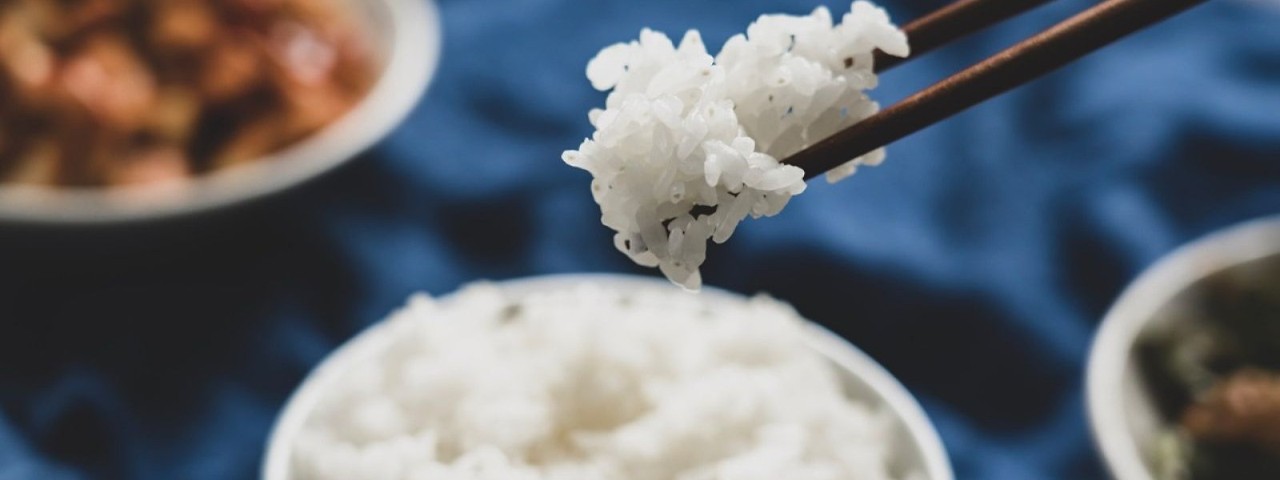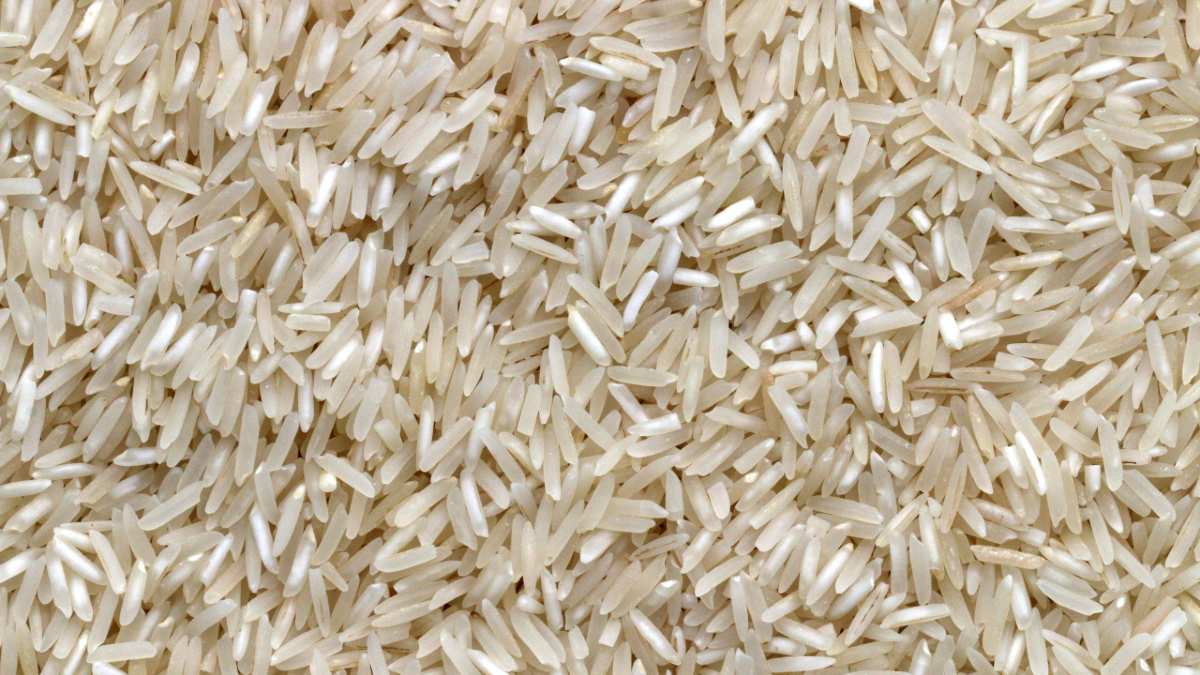From glazed ham and turkey roll to gingerbread biscuits and pavlova, here are the best recipes from the RACV Club kitchen to help make your festive season extra special.
Eight hacks for foolproof fluffy rice

Say goodbye to soggy grains with this expert guide to nailing rice on the stove.
Cooking rice is something even the most novice home cook should be able to master, right? Just throw it in a pot, add water, et voila - your rice is ready. Well, if Google is anything to go by, cooking this humble grain has clearly slipped our culinary grasp. Searching "how to cook rice" returns more than one million results, and interest in the not-so-simple technique continues to grow. Whether your wondering about the best way to cook rice or the ideal grain-to-water ratio, this starchy staples has us confused.
To help end the angst, we asked the chefs at RACV Cape Schanck for their expert tips for cooking perfectly fluffy rice that won't stick to the pot.
How to cook perfectly fluffy rice, according to the experts

Rice might be a staple but it will take time and practice to master
Foolproof guide to making fluffy rice on the stove
Ingredients
- 1 cup of white, long-grain rice – such as jasmine or basmati
- 2 cups of water/liquid (such as stock or coconut milk)
- Pinch of salt
Method
- Put the cup of rice into a sieve and rinse thoroughly under cold water until the water runs clear, then transfer to a bowl to soak for 15 minutes.
- Add the rice to a medium-sized saucepan with two cups of water and a pinch of salt. If you want to add any other flavours – such as turmeric or cumin seeds, this would be the time to do so. If you are making a pilaf, you could also add some fried garlic to the pot, or use stock instead of water.
- Bring to the boil.
- Once boiling, reduce the heat to low, put the lid on and let it cook for 20 minutes.
- Turn off the heat and let the rice sit, lid on, for a further 10 minutes to steam through.


